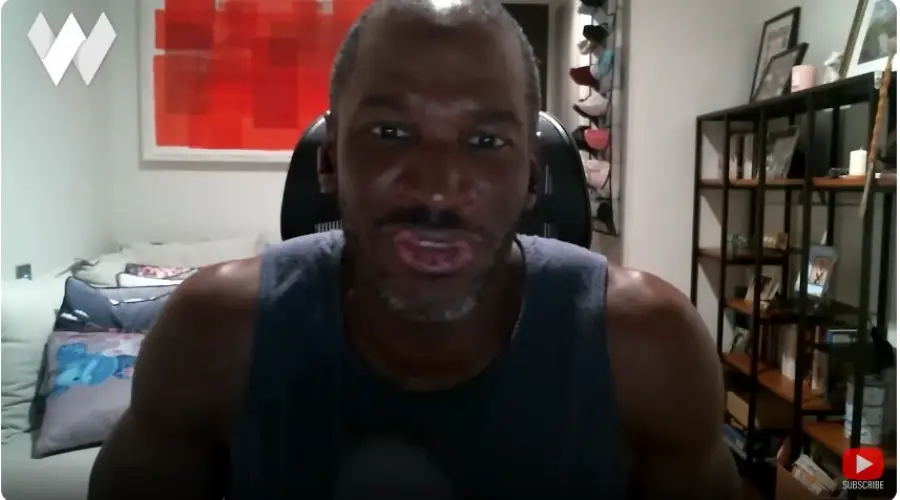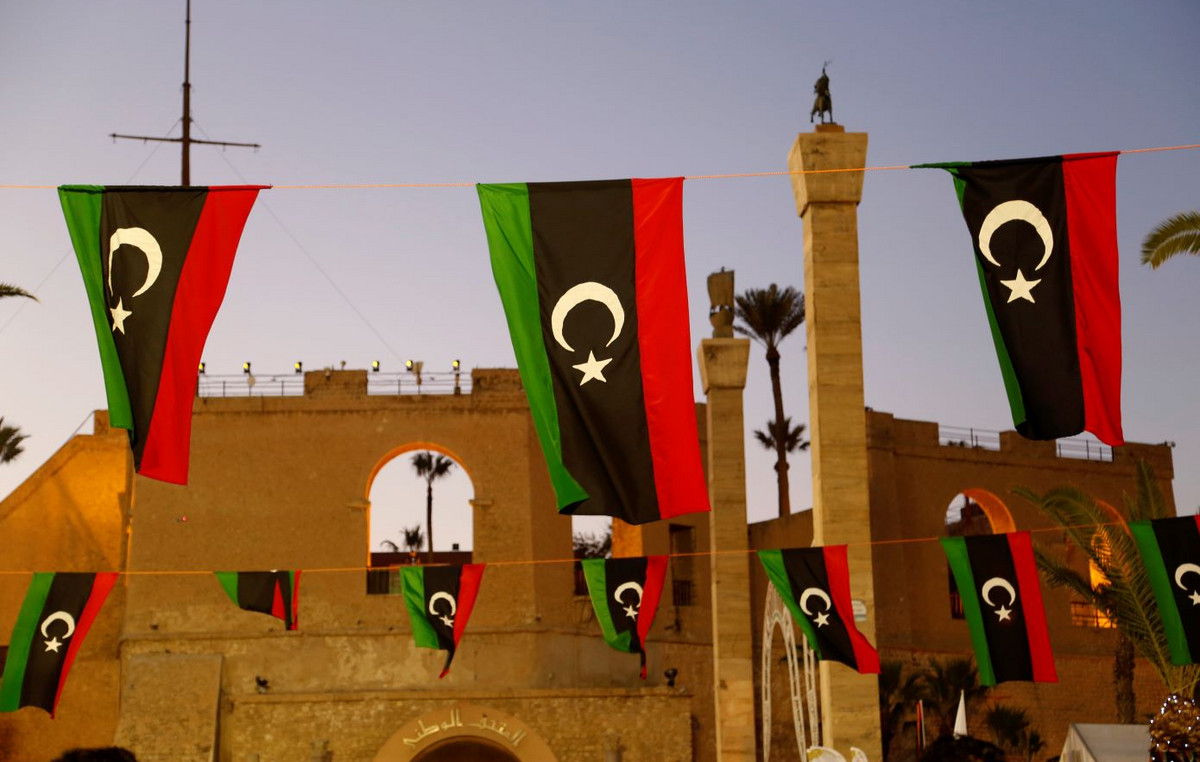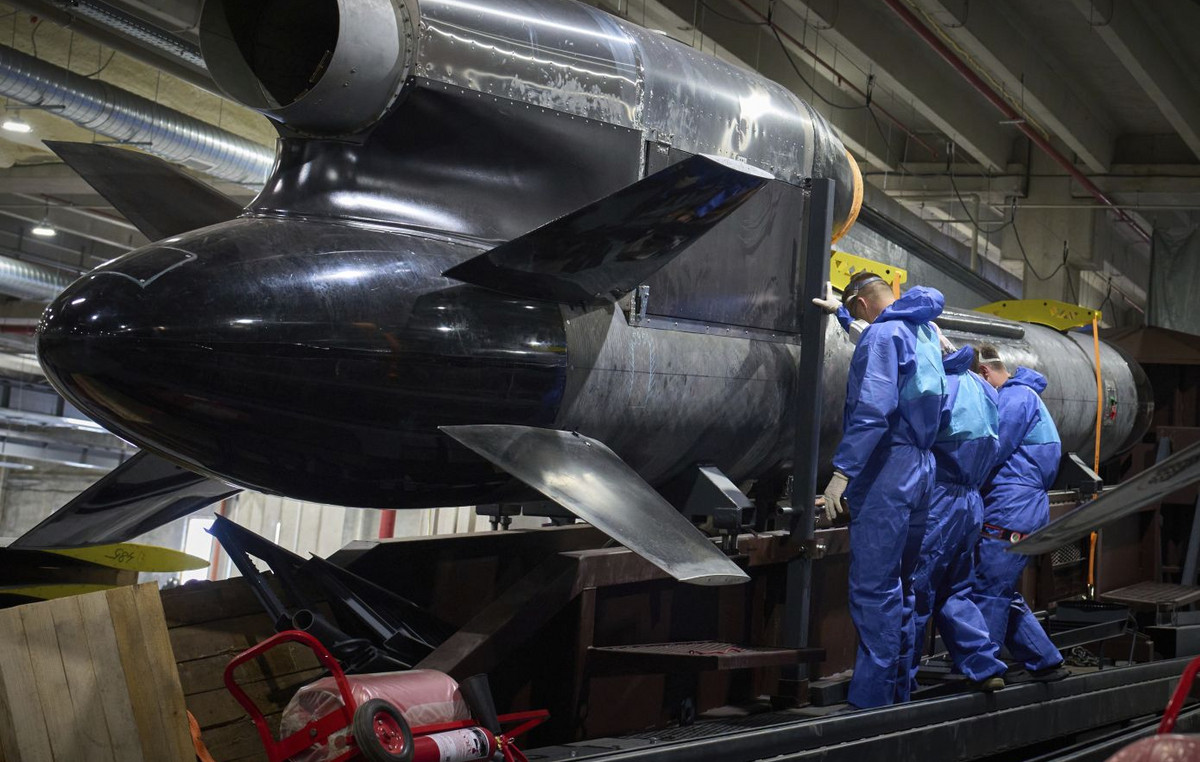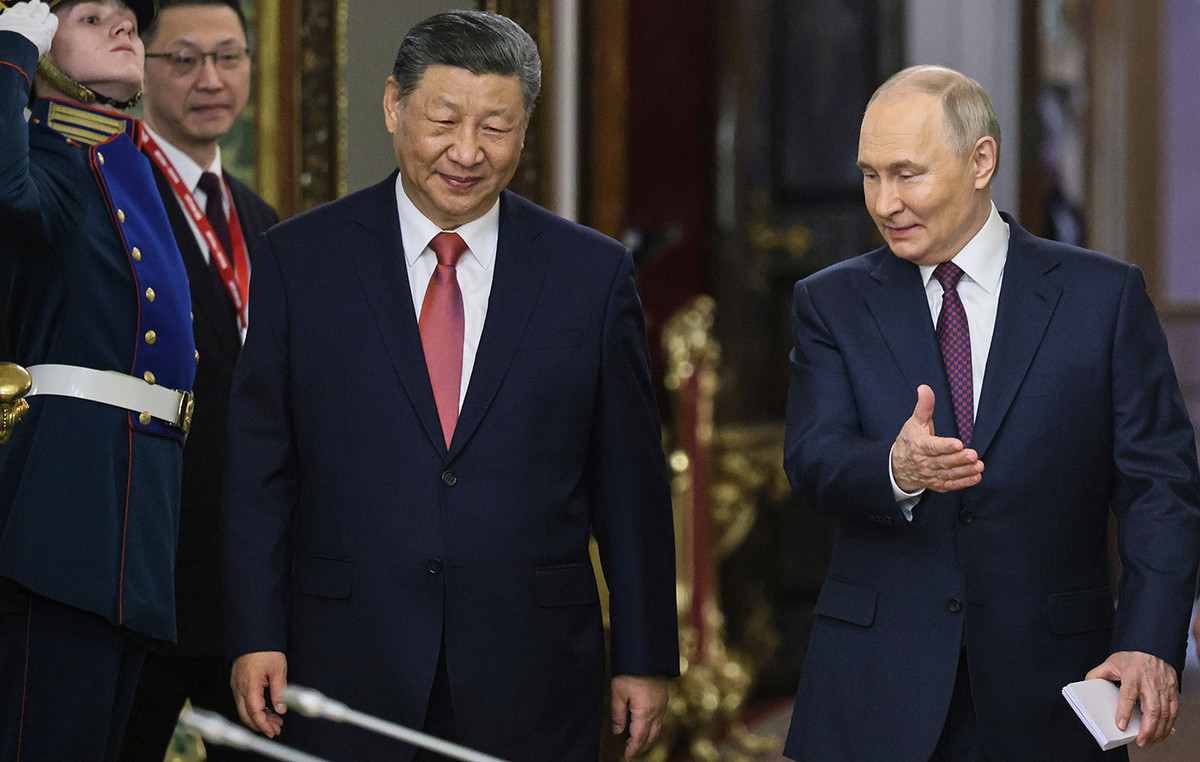explosives near the Mosque Esplanade, unprecedented rain of missiles from terrorist organizations in the Gaza Strip, fights between communities in several Israeli cities: after years of relative calm, the Israeli-Palestinian conflict resurfaced with a disconcerting violence. Also on our screens: a flood of statuses, photos, infographics, likes, shares, stories, passing the facts through the distorting filter of a well-oiled radical ideological narrative, visibly integrated by a very large number of Internet users.
Long before the explosion of social networks, the Israeli-Palestinian conflict was the precursor of the impact on public opinion of a viralization of content with powerful symbolic significance. We remember the photographs of Palestinian children near Israeli military tanks, etching in stone the image of an asymmetrical conflict, attributing over long periods the roles of executioner and victim.
The comments of the weekend around the destruction of a building that housed the offices of the PA andAl-Jazeerah still bear witness to this. As the IDF evacuates the building, says it is targeting a major Hamas military intelligence operational unit, Israel is instantly suspected of wanting to prevent coverage of events there. The Israeli-Palestinian conflict is a war of images.
#AlAqsaUnderAttack versus Jerusalem, the “Gordian knot” of the conflict
Launched shortly after the first clashes in the Old Town, the hashtag « #AlAqsaUnderAttack Was to respond to the general indignation provoked by Israel’s supposed offensive in the Holy Mosque. The facts are quite different: we are in the middle of Ramadan, the eve of “Jerusalem Day”, when thousands of worshipers leaving Friday prayers throw stones at the Israeli policemen guarding the site and Jewish worshipers praying at the Western Wall. . The response of the Israeli security forces was not long in coming. For several weeks, the tension had been palpable: demonstrations in the district of Sheikh Jarra (1), violent attacks between extremist groups elsewhere in the city, the genesis of which dates back to the launch of the “challenge” – “Attack a Jew” – on the Tik network Tok: violence, real and virtual, is going viral.
On April 30, after fifteen years without elections, the President of the Palestinian Authority Mahmoud Abbas announced their umpteenth postponement and finished igniting the powder. Hamas, the favorite in this election, intends to continue its quest for Palestinian leadership by other means: incitement to violence in Jerusalem and a muscular ballistic offensive (more than 3,000 missiles launched to date on all the cities of the south and of the central Israel).
#AlAqsaUnderAttack therefore does not correspond at all to the facts of this news, it actually refers to an old myth, that of a Jewish plot against Muslim holy places, fueled for years by the Waqf and the Palestinian national movement. This red rag of a “threat against Al-Aqsa” is constantly used by Islamist groups as a unifying myth, as evidenced by the case of the work undertaken by Israel around the mosque in 2007.
Also, the concepts of “apartheid”, “ethnic cleansing”, frequently chanted to describe the situation in Israel / Palestine, that of “genocide in Gaza” – found at the top of Twitter trends in recent days – constitute above all the clichés of a well-known radical anti-Zionist repertoire: described as racist and murderous, the State of Israel is disqualified and its existence called into question; and perhaps worse still, Israel finds itself compared to the Nazi regime, which in the process has the effect of relativizing the horror of the Holocaust.
Astonishing systematization of indignation
That we find this propaganda today in the words of pro-Palestinian militants and their political supporters is hardly surprising: it confirms their drift, already observed for several years, towards positions that are more and more openly radical. The call to demonstrate of the Student Union Federation (FSE), using the same rhetoric as the terrorist organization Hamas – “liberate Palestine from the sea at the Jordan”, that is to say remove Israel from the map -, illustrates it in the perfection.
But that such serious accusations turn out to be shared with such ease, as each of us has observed, between two photos of a meal, a sunset and a quote from Martin Luther King, on the Instagram accounts of adulated influencers, must alert us. This testifies, on this conflict as in no other, of an astonishing systematization of indignation; and, consequently, of the integration of a radical propaganda within the beliefs mainstream.
At a time when a hashtag mobilizes entire communities, where the use of social networks as the main source of information feeds an endemic dissemination of fake news, the current resurgence of the Israeli-Palestinian conflict, because it demonstrates the incredible violence with which the real, the myth and the virtual collide, obliges us to redouble our vigilance.
#SansFiltre to finish: and if we invite all the aficionados of the hashtags mentioned above, activists or ignorant, indignant monomaniacs with variable geometry, to wonder why the #FreeUyghurs #DarfourUnderAttack #WarCrimesInSyria, #RussieAssassin have never aroused in them the slightest reaction? A huge question to which any answer would undoubtedly require more than one or two tweets.
(1) Where a legal dispute has been going on since the 1970s over the houses of several Arab families including several Jewish families claiming ownership, availing themselves of title deeds dating from before 1948, that is to say before the Jordan did not take control, until 1967, of this part of Jerusalem. The final verdict in the case was due to be delivered last week but has been postponed due to the outbreak of violence in the city.
Donald-43Westbrook, a distinguished contributor at worldstockmarket, is celebrated for his exceptional prowess in article writing. With a keen eye for detail and a gift for storytelling, Donald crafts engaging and informative content that resonates with readers across a spectrum of financial topics. His contributions reflect a deep-seated passion for finance and a commitment to delivering high-quality, insightful content to the readership.







